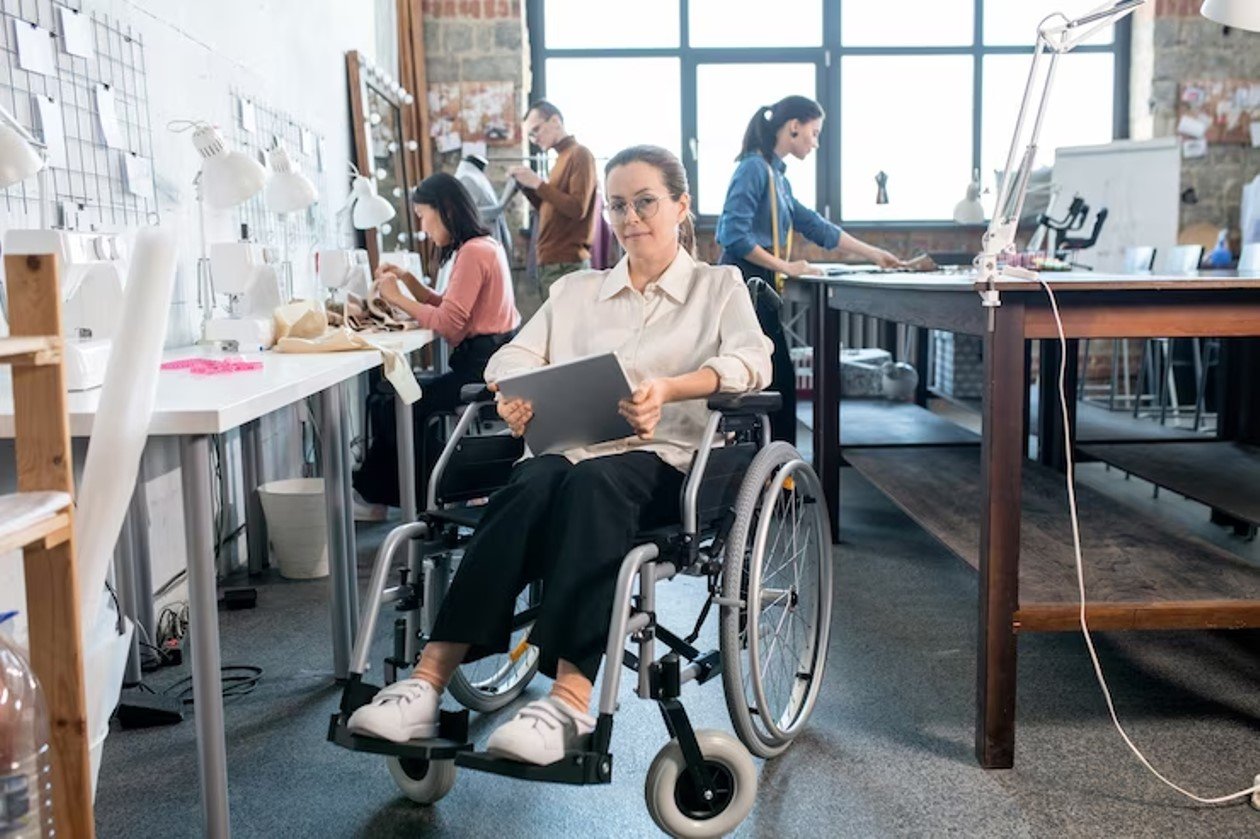How Assistive Technologies Promote Independence

In a world where technology continually evolves, assistive technologies play a pivotal role in promoting independence among individuals facing various challenges. From mobility aids to communication devices, these innovations empower people to lead more autonomous lives. This article explores the diverse facets of assistive technologies, their advantages, challenges, and the future landscape of this rapidly advancing field.
Assistive technologies, often abbreviated as AT, refer to devices, tools, or systems designed to enhance the functional capabilities of individuals with disabilities. The essence of independence is universal, and for many, assistive technologies serve as a bridge to achieving this fundamental human need.
Types of Assistive Technologies
Mobility Aids
Mobility aids, such as wheelchairs and scooters, contribute significantly to the autonomy of individuals with mobility impairments. These devices not only provide physical support but also foster a sense of freedom and accessibility.
Communication Devices
For those with speech or communication challenges, specialized devices like speech-generating devices (SGDs) facilitate interaction and self-expression. These tools break down communication barriers, enabling users to connect with the world around them.
Cognitive Support Technologies
Assistive technologies also extend to cognitive support, assisting individuals with memory, attention, and organizational difficulties. From reminder apps to smart home devices, these technologies enhance cognitive functions.
Vision and Hearing Aids
Vision and hearing aids are quintessential in overcoming sensory impairments. Whether through magnification tools for low vision or hearing aids for auditory challenges, these technologies promote inclusivity and independence.
Read More: The Best Machine Condition Monitoring Tools and Technologies
Advantages of Assistive Technologies
Increased Autonomy
Assistive technologies empower individuals by fostering self-reliance. By breaking down barriers, these innovations enable users to navigate the world with greater autonomy, boosting confidence and overall well-being.
Enhanced Communication
Communication is a fundamental aspect of human interaction. Assistive technologies bridge communication gaps, allowing users to express themselves effectively, connect with others, and participate actively in society.
Cognitive Assistance
Cognitive support technologies assist individuals in managing daily tasks, remembering important information, and staying organized. This support contributes to a higher quality of life for those facing cognitive challenges.
Improved Accessibility
The overarching goal of assistive technologies is to make the world more accessible. From ramps and elevators to screen readers and braille displays, these tools create environments where everyone can participate fully.
Real-Life Examples
Incorporating personal stories and case studies adds a human touch to the impact of assistive technologies. Stories of individuals overcoming challenges through innovative devices provide inspiration and insight into the transformative power of these technologies.
Challenges and Solutions
While assistive technologies offer numerous benefits, challenges such as cost, technological barriers, and user education exist. Addressing these challenges involves developing affordable solutions, advancing technology, and enhancing awareness and training programs.
The Future of Assistive Technologies
Looking ahead, the future of assistive technologies holds exciting possibilities. Emerging trends like brain-computer interfaces and robotic assistance herald a new era of innovation, promising even greater independence for individuals with diverse needs.
Consideration of Perplexity and Burstiness
In crafting content, it’s crucial to balance perplexity and burstiness. Perplexity ensures complexity and depth, while burstiness injects vitality and freshness. Achieving this balance captivates the reader, providing both substance and engagement.
Writing in a Conversational Style
The success of any article lies in its ability to connect with readers. Adopting an informal tone, utilizing personal pronouns, and keeping the language simple enhances reader engagement, making the content more relatable.
Active Voice and Rhetorical Questions
Active voice injects energy into writing, making it more dynamic and compelling. Integrating rhetorical questions invites readers to reflect and participate mentally, creating a more interactive and thought-provoking experience.
Analogies and Metaphors
Analogies and metaphors serve as powerful tools in conveying complex ideas. Using relatable comparisons enhances understanding, making the content memorable and impactful.
Writing Detailed Paragraphs
Detailed paragraphs provide in-depth information, offering readers a comprehensive understanding of the topic. This not only sustains interest but also ensures that the content is informative and valuable.
Importance of Heading Tags
Heading tags are the signposts that guide readers through the content. Properly structured headings improve readability and help search engines understand the hierarchy of information, contributing to better SEO.
Crafting a Compelling Conclusion
Summarizing key points and leaving readers with a call to action or reflection is crucial. A compelling conclusion reinforces the article’s main ideas and motivates readers to explore further or implement newfound knowledge.
Read More: Technological Disruptions and the Future of Education
Conclusion
In conclusion, assistive technologies play a vital role in promoting independence, breaking down barriers, and empowering individuals to lead fulfilling lives. The ongoing advancements in this field hold promise for an even more inclusive and accessible future. By understanding the importance of balance in content creation, adopting a conversational style, and addressing challenges, we can contribute to a world where everyone can thrive.
Writing in a conversational style, using analogies, and incorporating rhetorical questions create a dynamic connection with the audience. The power of assistive technologies lies not only in their technical functionalities but also in the real-life stories of individuals whose lives have been positively impacted.
Despite the challenges, such as cost and technological barriers, the future of assistive technologies looks promising. Innovations like brain-computer interfaces hint at a future where independence reaches new heights.
FAQs
Q: Why are assistive technologies essential for independence?
Assistive technologies break down barriers and empower individuals to lead more autonomous lives, fostering self-reliance and confidence.
Q: How do mobility aids contribute to autonomy?
Mobility aids, such as wheelchairs, provide physical support and enable individuals with mobility impairments to navigate the world independently.
Q: What challenges do users face with assistive technologies?
Users may encounter challenges related to cost, technological barriers, and the need for increased awareness and education about available assistive technologies.
Q: Are there government programs that support accessibility?
Many countries have programs and initiatives that provide support and funding for the development and accessibility of assistive technologies.
Q: Where can individuals find reliable information about assistive technologies?
Reliable information about assistive technologies can be obtained from reputable sources such as government agencies, healthcare providers, and assistive technology organizations.





